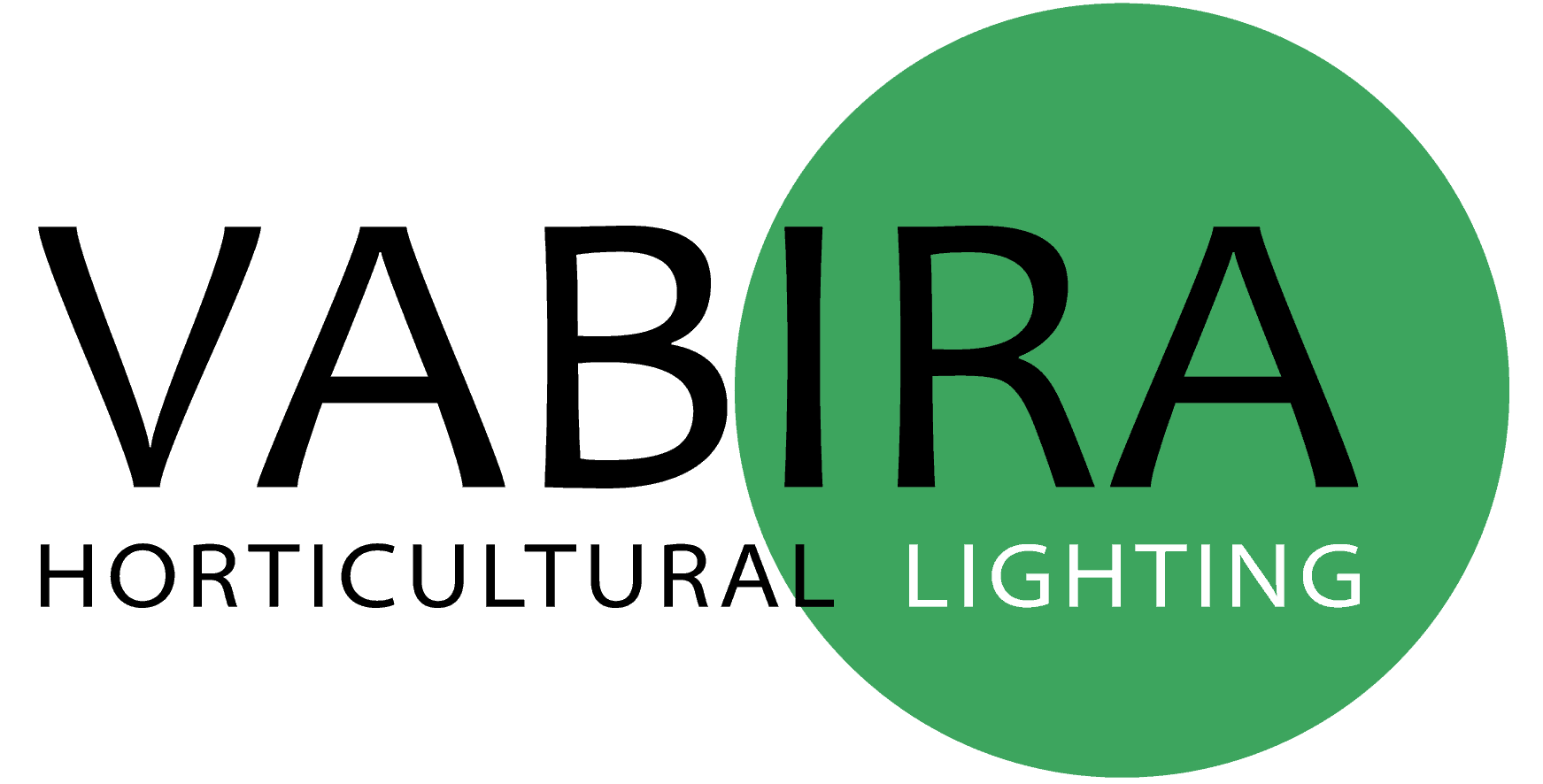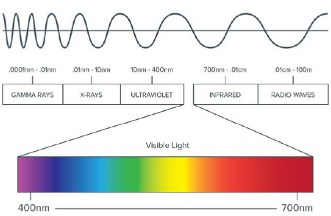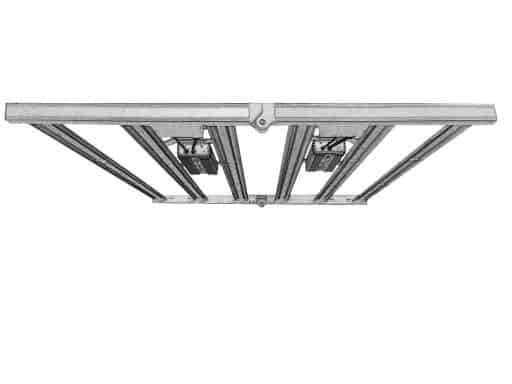| 100nm | Wilt very quickly |
| 310nm | Helps to strengthen the immune system, and can promote the formation of THC when flowering. |
| 365nm | Develops phytochemicals, flavonoids, and carotenoids. |
| 385nm | Develops phytochemicals, flavonoids, and carotenoids. |
| 395nm | Develops phytochemicals, flavonoids, and carotenoids. |
| 405nm | Attracts insects. Helps with color development. Makes leaves thicker. |
| 420nm | Maximum photosynthesis for Chlorophyll A. Attracts insects. |
| 450nm | Photosynthesis for Chlorophyll B. Effective for young plants. Avoids succulent growth. |
| 505nm | Absorption from yellow pigments (fishes and squids). |
| 530nm | Effective plants: cucumbers, hot peppers(avoids mildews). |
| 610nm-615nm | Anti-bug. |
| 640nm | Effective for photosynthesis (Chlorophyll B). |
| 655nm | Chlorophyll action maximized. |
| 660nm | Germination photomorphosis. |
| 670nm | Photosynthesis for Chlorophyll B maximized. |
| 730nm | Photoperiodicity. Flowering. Leaf expansion and stem elongation. Effective plants: Melons, tomatoes, Ginseng(increases sugar content and saponin). |
| 780nm | No specific reaction for plants. |
| 1000-1400nm | No specific reaction for plants. |


